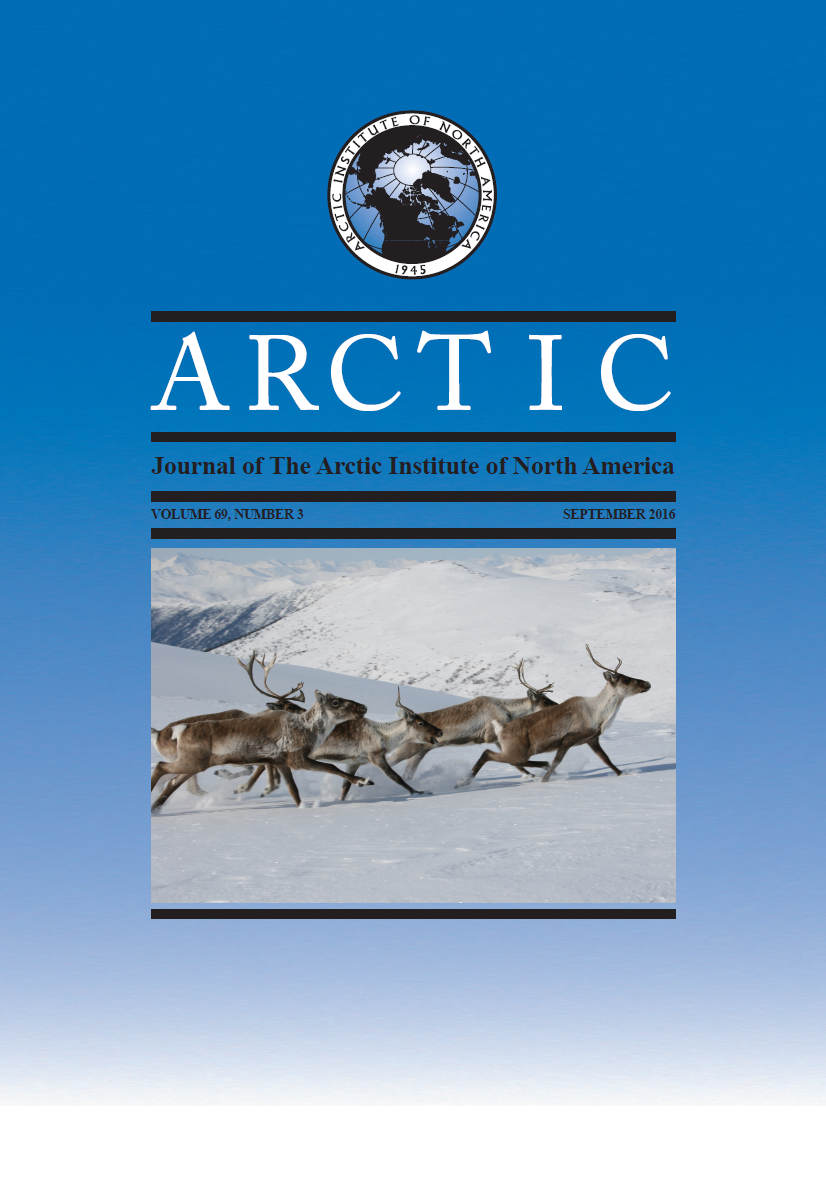Genetic Stock Identification and Relative Contribution of Arctic Char (Salvelinus alpinus) from the Hornaday and Brock Rivers to Subsistence Fisheries in Darnley Bay, Northwest Territories + Supplementary Appendix Tables S1 to S4 (See Article Tools)
DOI:
https://doi.org/10.14430/arctic4578Keywords:
Arctic char, Salvelinus alpinus, mixed–stock fishery, genetic mixed–stock analysis, subsistence harvest, Darnley BayAbstract
Where anadromous fishes occur in the Canadian Arctic, they provide the mainstay of local subsistence fisheries of varying intensities. Many of these fisheries harvest a mixture of stocks at discrete locations and it is often not known which stocks, specifically, are being harvested and to what extent. In the Darnley Bay area of the Northwest Territories, Arctic char, Salvelinus alpinus, in particular have long provided an important subsistence resource to residents of Paulatuk, and char from two systems (the Hornaday and Brock Rivers) are thought to contribute to the coastal fishery for this species. Genetic mixed-stock analysis (GMA) is routinely applied for resolving stock contributions to such fisheries, yet studies incorporating GMA to understand specifically which stocks are being harvested in the Canadian Arctic, and to what extent, are relatively scarce. In this study, we assayed microsatellite DNA variation among 987 Arctic char from two important coastal subsistence fisheries and several inland sampling locations in the Darnley Bay area to (1) assess the degree of genetic structuring between the Hornaday and Brock Rivers and (2) resolve the proportional contributions of these stocks to coastal mixed-stock fisheries in the region using GMA. Overall, genetic differentiation was relatively high and significant (θ = 0.117; 95% C.I. = 0.097–0.142) among baseline sampling locations. Overall patterns of genetic stock structure also support previous hypotheses that additional life history types (e.g., landlocked or freshwater-resident char, or both) exist in the Hornaday system, as indicated by elevated levels of genetic differentiation between some of our sampling locations. The GMA suggested that, while both river systems contribute to the coastal fishery, catches were dominated by Arctic char from the Hornaday River, which highlights the importance of this system. All told, our results may be relevant to the management of the subsistence fishery in Darnley Bay and for furthering the collective understanding of char biodiversity and life history variation in the Canadian Arctic.


